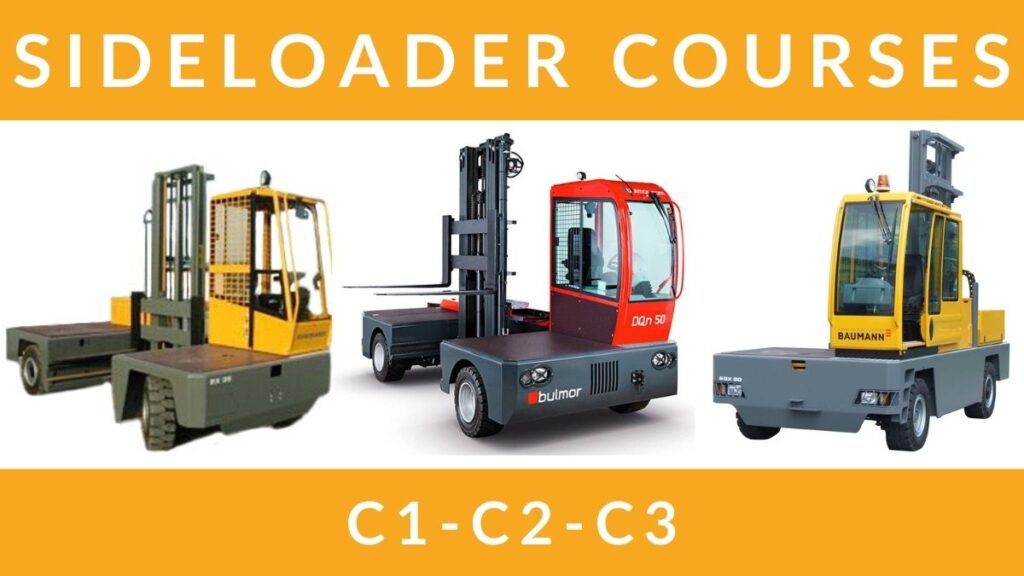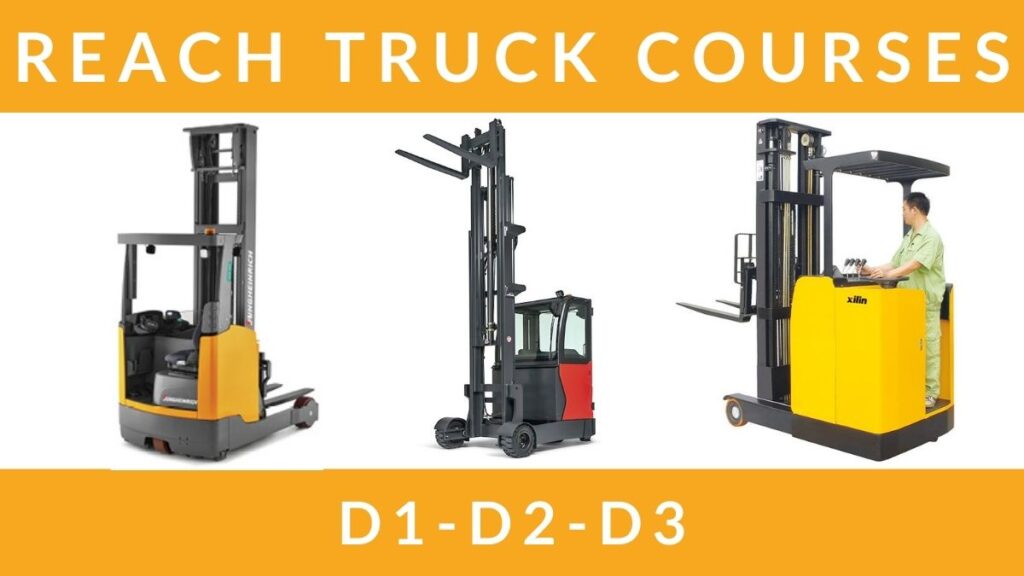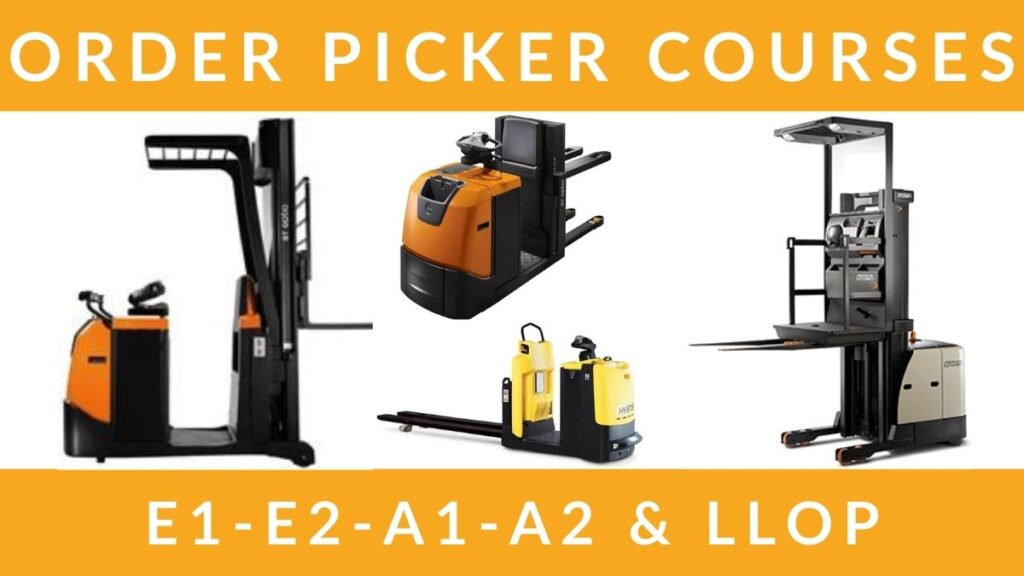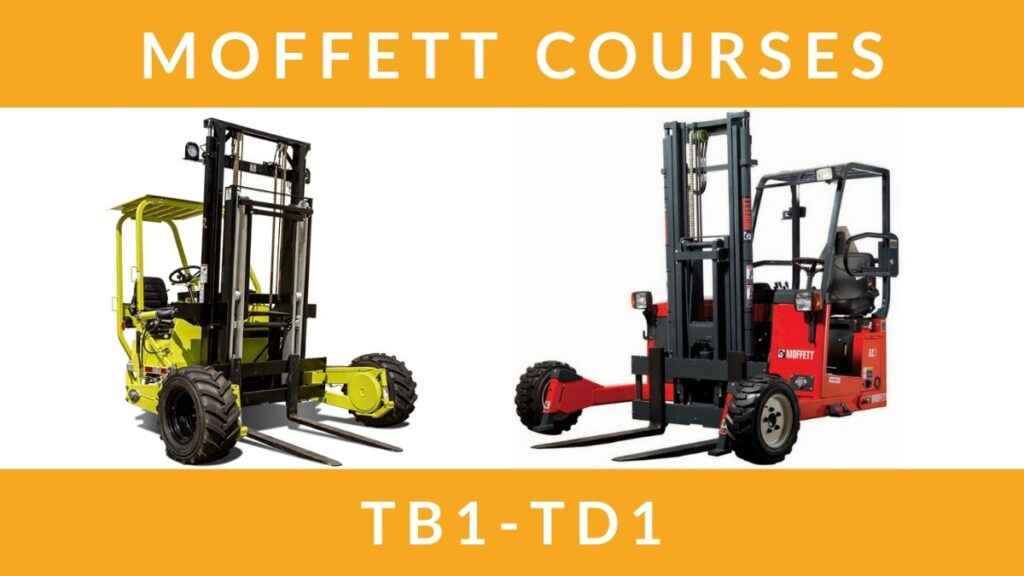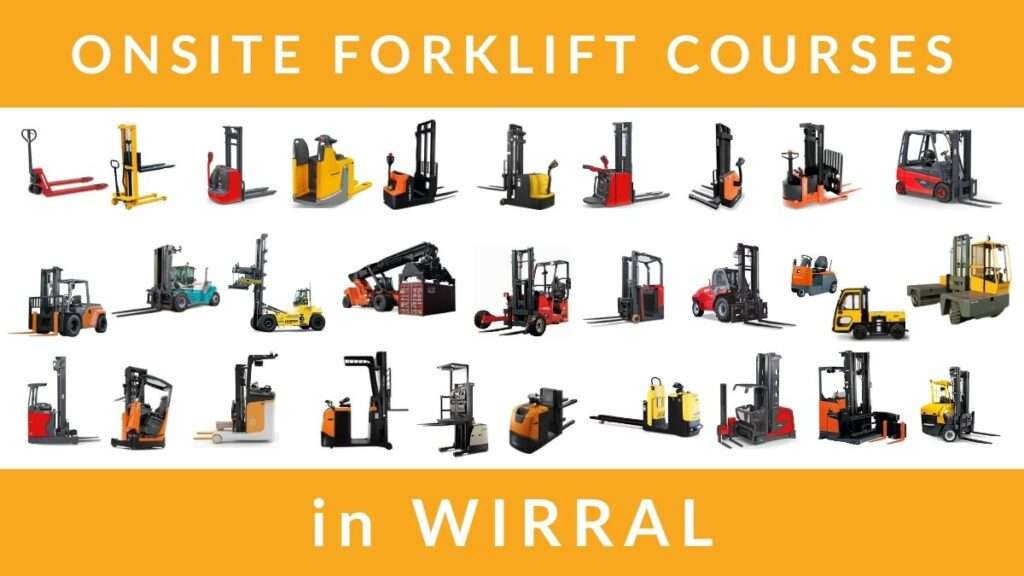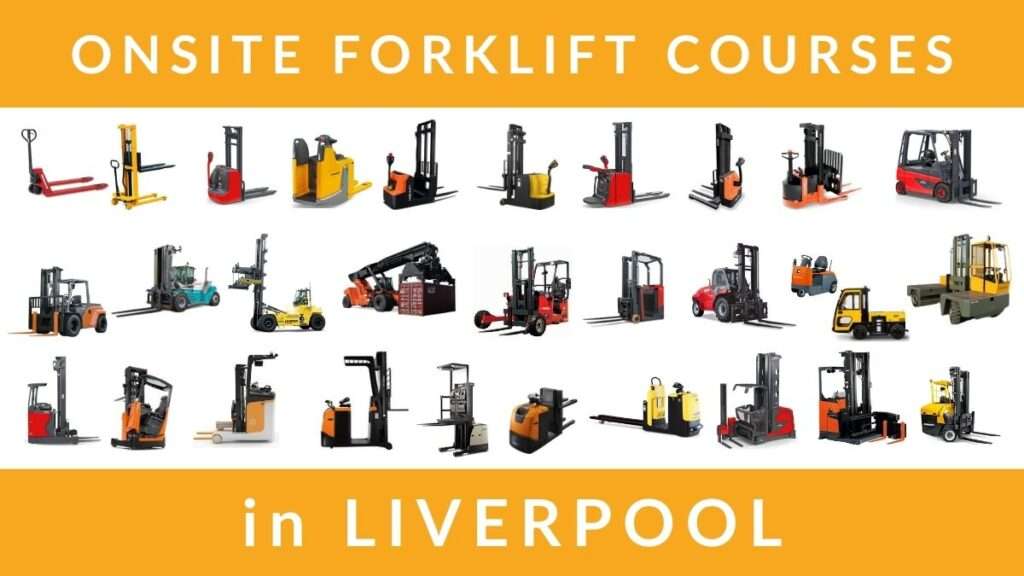Forklift Courses

DOLIFTS FLT Training Ltd offer a range of RTITB Accredited Forklift Courses to individuals and businesses throughout the North West, Wirral, Liverpool, Merseyside, Ellesmere Port, Cheshire, Deeside, North Wales, Warrington, Runcorn, and Widnes.
We can train you at our purpose built training centre in Wirral, or we can provide onsite training at your business premises.
Types of Forklift Courses
There are many types of forklift courses designed to cater for your experience level and for the variety of different categories of lift trucks, pallet trucks, and stacker trucks in use today.
Each type and category of lift truck has a different purpose in the workplace and they each require a separate operator certificate.
It is therefore important that you identify the correct lift truck type and category that best suits your business or employment requirements and then book the right forklift course for your needs.
DOLIFTS Forklift Courses
Based on your experience of using any type of lifting equipment, we deliver 4 levels of training for all forklift courses: –
Novice Courses, Refresher Courses, Conversion Courses and Experienced Operator Courses.
To identify the correct forklift course to suit your requirements, choose a specific type of lift truck from the list below.

Pallet Truck/Pallet Stacker Courses
Courses for 7 categories of Pallet Stacker Trucks. A1, A2, A3, A4, A5, A6 and A7.
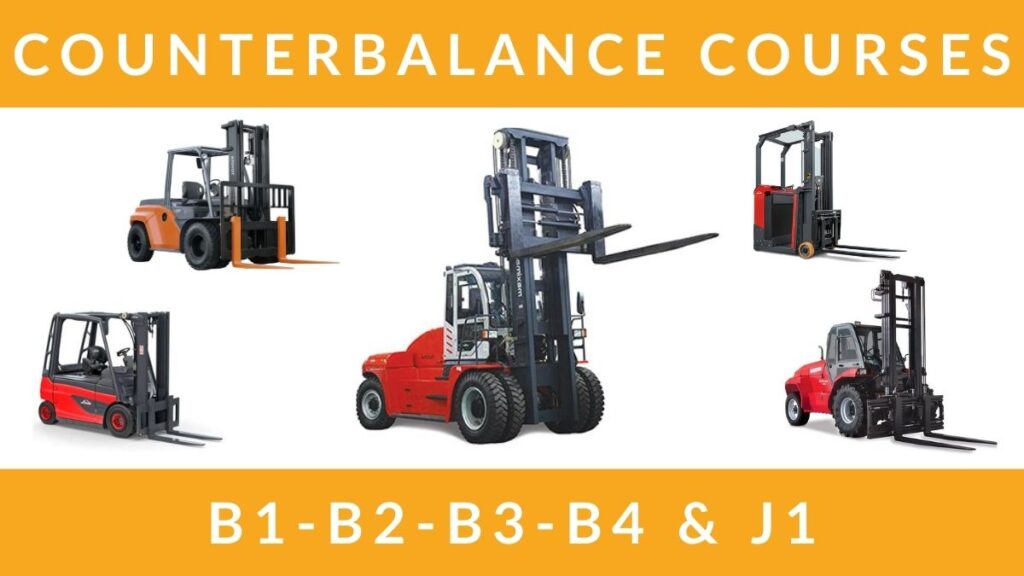
Counterbalance Courses
Courses for 5 categories of Counterbalance Forklifts. B1, B2, B3, B4, and J1.
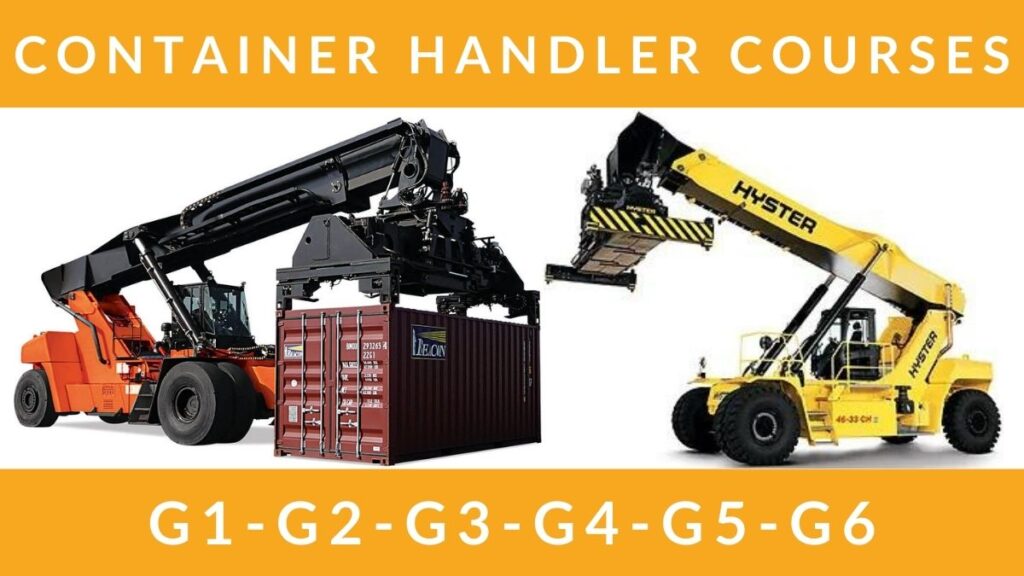
Container Handler Courses
Courses for 6 categories of Container Handlers. G1, G2, G3, G4, G5, and G6.

Tow Tractor & Trailer Courses
Courses for 3 categories of Tow Tractor & Trailer. H1, H2, and H3.
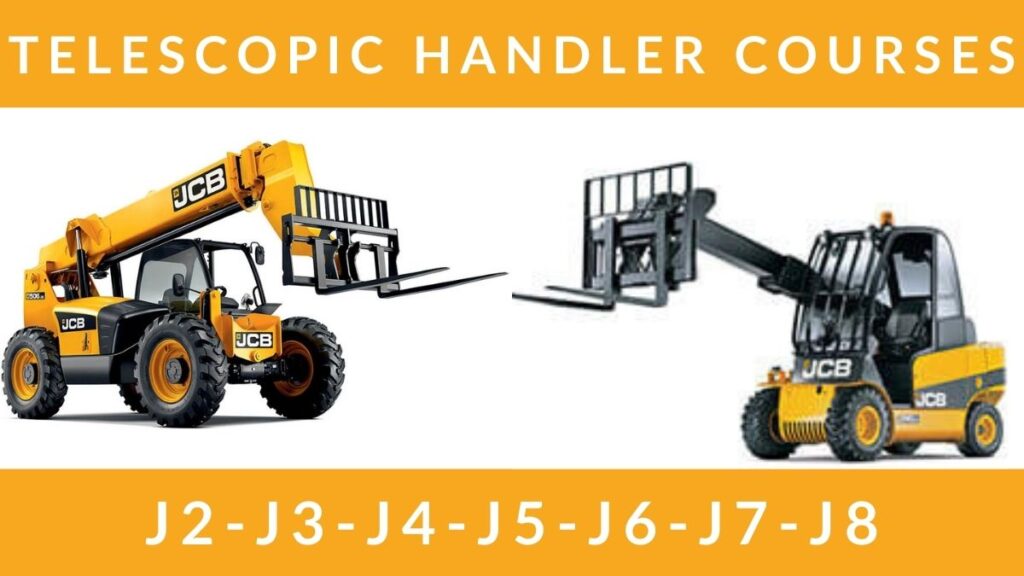
Telescopic Handler Courses
Courses for 7 categories of Telescopic Handler. J2, J3, J4, J5, J6, J7 and J8.

Multi-Directional Courses
Courses for 3 categories of Muti-Directional Lift Trucks. M1, M2, and M3.
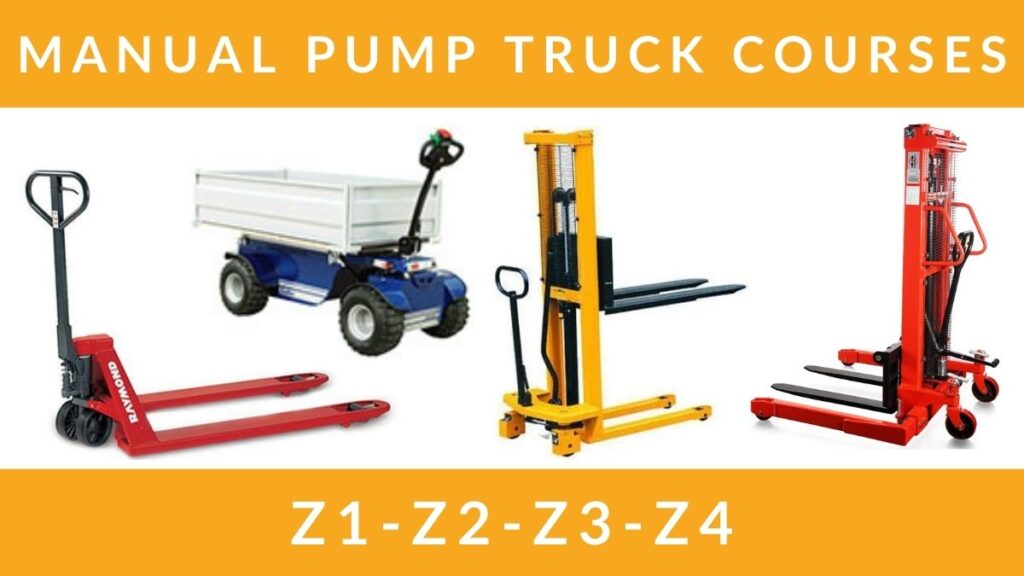
Manual Pump Truck Courses
Courses for 4 categories of Manual Pump Trucks. Z1, Z2, Z3, and Z4.
RTITB Forklift INSTRUCTOR Courses
We also deliver RTITB Forklift Instructor Training Courses at our purpose-built and fully equipped forklift training centre in Moreton, Wirral.
We offer 5 levels of RTITB Forklift Instructor Courses: –
- 10 Day Novice FLT Instructor Course
- 5 Day Re-Badge (Conversion) Course
- 5 Day Re-Reg Course
- 5 Day In-House Instructor Course
- 3 Day Re-Reg Course

10 Day Novice Course
This course will take you from forklift operator to FLT Instructor in 10 days.

5 Day Re-Badge Course
A conversion course from ITSSAR/AITT/NPORS instructor to RTITB instructor.
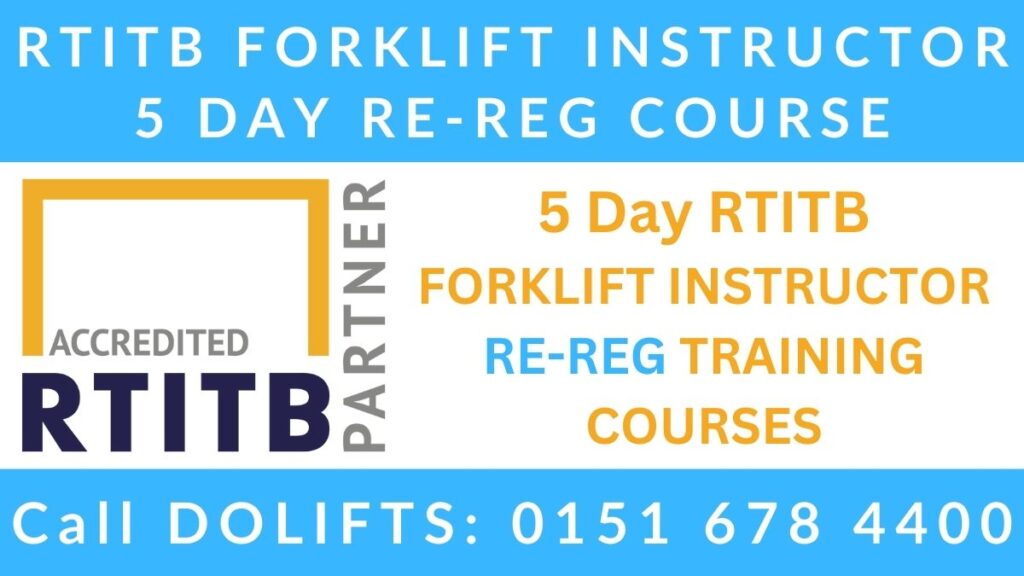
5 Day Re-Reg Course
For current RTITB Instructors that are infrequent trainers or expired within last 24 months.
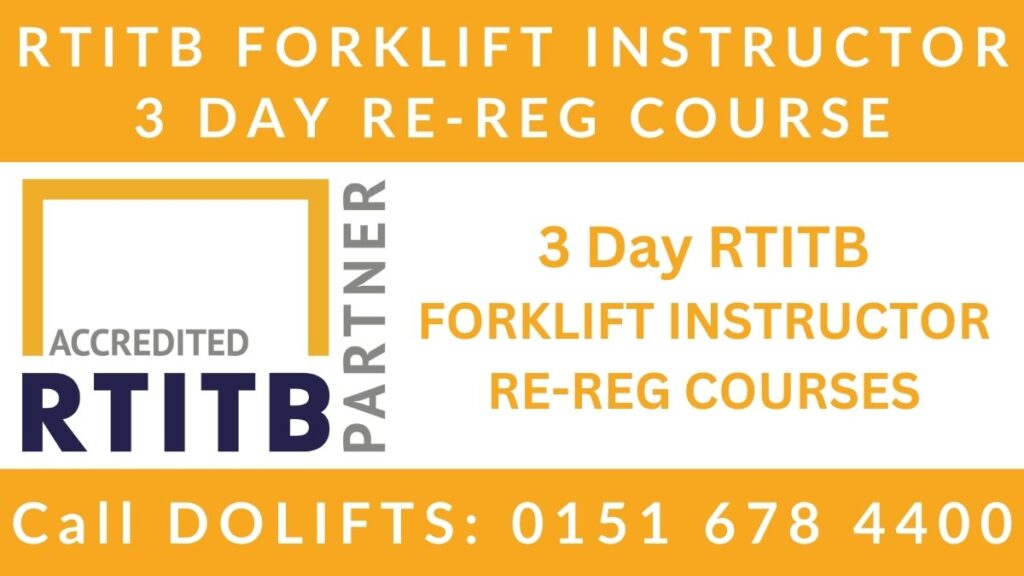
3 Day Re-Reg Course
A shorter RTITB re-registration course for current and highly experienced Instructors only.
Please share our range of Forklift Courses with your friends, family, work colleagues, and local business associates. We appreciate you. Thank you.
Forklift Courses - Locations
Dolifts FLT Training Ltd can deliver Counterbalance FLT and Reach Truck forklift courses at our purpose-built forklift training centre in Moreton, Wirral, or our FLT Instructors can deliver onsite forklift courses at your business premises.
We offer Novice forklift courses, Refresher forklift courses, forklift Conversion courses, and Experienced forklift operator courses on all categories of forklift trucks used on business premises in Wirral, Liverpool, and Cheshire regions.
If your business is looking for a new forklift training provider in Wirral, Liverpool, or Cheshire, then DOLIFTS would be happy to submit a forklift training tender for new business in Wirral at your request. Please call us – 0151 678 4400.
Forklift Courses Training Standards
Dolifts FLT Training Ltd, and our instructors, are RTITB Accredited, experienced, and hold current liability insurances.
All Forklift Courses, and issued operator certification, meet RTITB standards, and HSE ACOP L117 requirements.
Our forklift courses can be designed to work around you and the working schedule/shift patterns of your business.
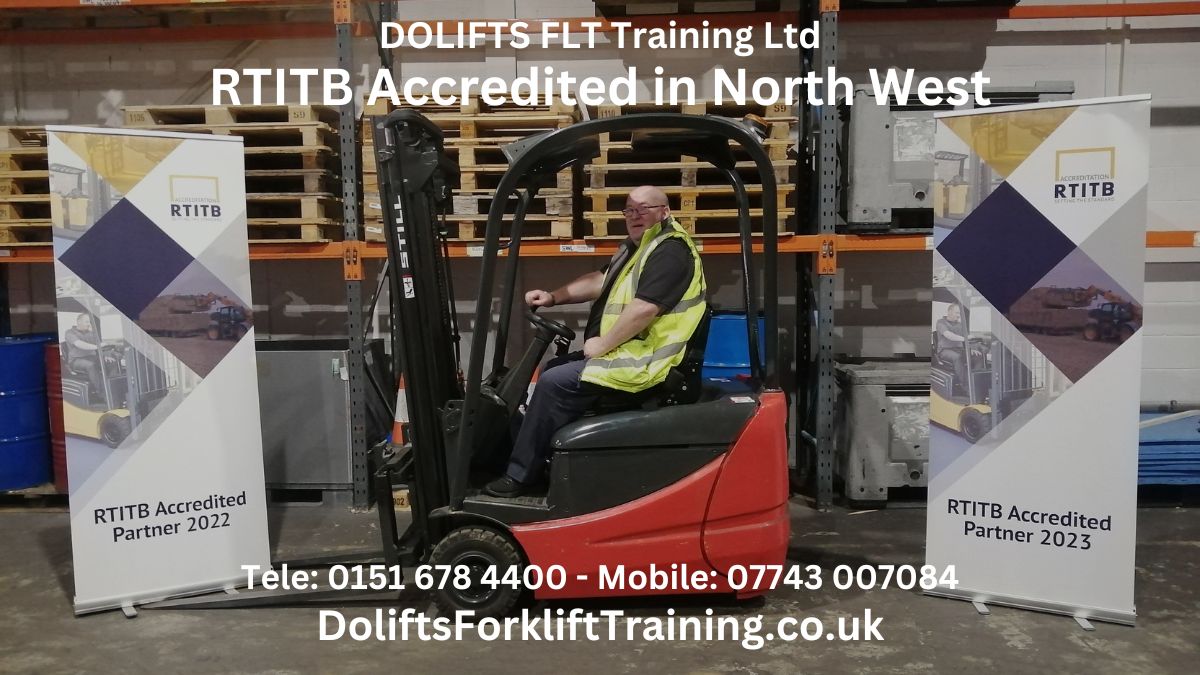
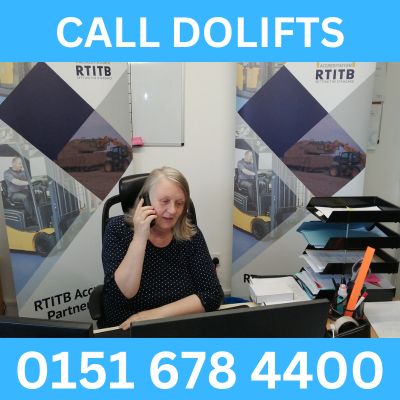
Looking for forklift courses near you in the North West?
Call DOLIFTS Today!
Tele: 0151 678 4400
Mobile: 07743 007084
Forklift Courses - FAQs
Do you deliver forklift courses near me?
We provide RTITB accredited forklift courses in Wirral, Merseyside, Liverpool, and North West England for Novice, Refresher, Conversion, and Experienced fork lift operators.
Do you provide onsite forklift courses for businesses?
Yes. We provide onsite forklift courses for many businesses across North West England. Our local instructors have a wealth of experience in meeting the training needs of business customers in Wirral, Merseyside, Liverpool, and North Cheshire regions.
How much do forklift courses cost in North West England?
This depends on the type of forklift courses that you need in the North West. For forklift course prices, please call DOLIFTS on 0151 678 4400.
How long do forklift courses take?
This depends on the type of equipment, your experience level, and the number of people on your course. A novice forklift course can take 3 to 5 days. A forklift Conversion course can take 1 to 2 days. A forklift Refresher course is 1 day. An existing operator attending an Experienced forklift course is 2 to 3 days.
A Brief History of Forklift Trucks
Did you know this about Forklift Trucks?
A forklift (also called industrial truck, lift truck, jitney, hi-lo, fork truck, fork hoist, and forklift truck) is a powered industrial truck used to lift and move materials over short distances. The forklift was developed in the early 20th century by various companies, including Clark, which made transmissions, and Yale & Towne Manufacturing, which made hoists.
Since World War II, the use and development of the forklift truck have greatly expanded worldwide. Forklifts have become an indispensable piece of equipment in manufacturing and warehousing. In 2013, the top 20 manufacturers worldwide posted sales of $30.4 billion, with 944,405 machines sold.
The middle nineteenth century through the early 20th century saw the developments that led to today’s modern forklifts. The forerunners of the modern forklift were manually-powered hoists that were used to lift loads.
In 1906, the Pennsylvania Railroad introduced battery-powered platform trucks for moving luggage at their Altoona, Pennsylvania, train station. World War I saw the development of different types of material-handling equipment in the United Kingdom by Ransomes, Sims & Jefferies of Ipswich.
This was in part due to the labour shortages caused by the war. In 1917, Clark in the United States began developing and using powered tractor and powered lift tractors in their factories. In 1919, the Towmotor Company, and Yale & Towne Manufacturing in 1920, entered the lift truck market in the United States.
Continuing development and expanded use of the forklift continued through the 1920s and 1930s. The introduction of hydraulic power and the development of the first electric power forklifts, along with the use of standardized pallets in the late 1930s, helped to increase the popularity of forklift trucks.
The start of World War II, like World War I before, spurred the use of forklift trucks in the war effort. Following the war, more efficient methods for storing products in warehouses were being implemented. Warehouses needed more manoeuvrable forklift trucks that could reach greater heights and new forklift models were made that filled this need.
For example, in 1954, a British company named Lansing Bagnall, now part of KION Group, developed what was claimed to be the first narrow-aisle electric-reach truck. The development changed the design of warehouses leading to narrower aisles and higher load-stacking that increased storage capability.
During the 1950s and 1960s, operator safety became a concern due to the increasing lifting heights and capacities. Safety features such as load backrests and operator cages, called overhead guards, began to be added to forklifts produced in this era.
In the late 1980s, ergonomic design began to be incorporated in new forklift designs to improve operator comfort, reduce injuries, and increase productivity. During the 1990s, exhaust emissions from forklift operations began to be addressed which led to emission standards being implemented for forklift manufacturers in various countries. The introduction of AC power forklifts, along with fuel cell technology, are also refinements in continuing forklift development.
Forklifts are rated for loads at a specified maximum weight and a specified forward centre of gravity. This information is located on a nameplate provided by the manufacturer, and loads must not exceed these specifications. In many jurisdictions, it is illegal to alter or remove the nameplate without the permission of the forklift manufacturer.
An important aspect of forklift operation is that it must have rear-wheel steering. While this increases manoeuvrability in tight cornering situations, it differs from a driver’s traditional experience with other wheeled vehicles. While steering, as there is no caster action, it is unnecessary to apply steering force to maintain a constant rate of turn.
Another critical characteristic of the forklift is its instability. The forklift and load must be considered a unit with a continually varying centre of gravity with every movement of the load. A forklift must never negotiate a turn at speed with a raised load, where centrifugal and gravitational forces may combine to cause a tip-over accident.
The forklift is designed with a load limit for the forks which is decreased with fork elevation and undercutting of the load (i.e., when a load does not butt against the fork “L”). A loading plate for loading reference is usually located on the forklift. A forklift should not be used as a personnel lift without the fitting of specific safety equipment, such as a “cherry picker” or “cage”.
Forklifts are a critical element of warehouses and distribution centres. It is considered imperative that these structures be designed to accommodate their efficient and safe movement. In the case of Drive-In/Drive-Thru Racking, a forklift needs to travel inside a storage bay that is multiple pallet positions deep to place or retrieve a pallet.
Often, forklift drivers are guided into the bay by guide rails on the floor and the pallet is placed on cantilevered arms or rails. These manoeuvres require well-trained operators. Since every pallet requires the truck to enter the storage structure, damage is more common than with other types of storage. In designing a drive-in system, dimensions of the fork truck, including overall width and mast width, must be carefully considered.
Forklift hydraulics are controlled either with levers directly manipulating the hydraulic valves or by electrically controlled actuators, using smaller “finger” levers for control. The latter allows forklift designers more freedom in ergonomic design.
Forklift trucks are available in many variations and load capacities. In a typical warehouse setting, most forklifts have load capacities between one and five tons. Larger machines, up to 50 tons lift capacity, are used for lifting heavier loads, including loaded shipping containers.
In addition to a control to raise and lower the forks (also known as blades or tines), the operator can tilt the mast to compensate for a load’s tendency to angle the blades toward the ground and risk slipping off the forks. Tilt also provides a limited ability to operate on non-level ground. Skilled forklift operators annually compete in obstacle and timed challenges at regional forklift rodeos.
Internal Combustion Engines – These may be diesel, kerosene, gasoline, natural gas, butane, or propane-fuelled, and may be either two-stroke spark ignition, four-stroke spark ignition (common), two-stroke compression ignition, and four-stroke compression ignition (common). North American Engines come with advanced emission control systems. Forklifts built in countries such as Iran or Russia will typically have no emission control systems.
Liquefied Petroleum Gas (LPG) – These forklifts use an internal combustion engine modified to run on LPG. The fuel is often stored in a gas cylinder mounted to the rear of the truck. This allows for quick changing of the cylinder once the LPG runs out. LPG trucks are quieter than their diesel counterparts, while offering similar levels of performance.
Electric Battery – These lift trucks are powered by lead-acid batteries or, increasingly, lithium-ion batteries; battery-electric types include: cushion-tire forklifts, scissor lifts, order pickers, stackers, reach trucks and pallet jacks. Electric forklifts are primarily used indoors on flat, even surfaces. Batteries prevent the emission of harmful fumes and are recommended for indoor facilities, such as food-processing and healthcare sectors.
Hydrogen fuel cell forklifts are powered by a chemical reaction between hydrogen and oxygen. The reaction is used to generate electricity which can then be stored in a battery and subsequently used to drive electric motors to power the forklift. This method of propulsion produces no local emissions, can be refuelled in three minutes, and is often used in refrigerated warehouses as its performance is not degraded by lower temperatures.
Source – Forklift Wikipedia.

